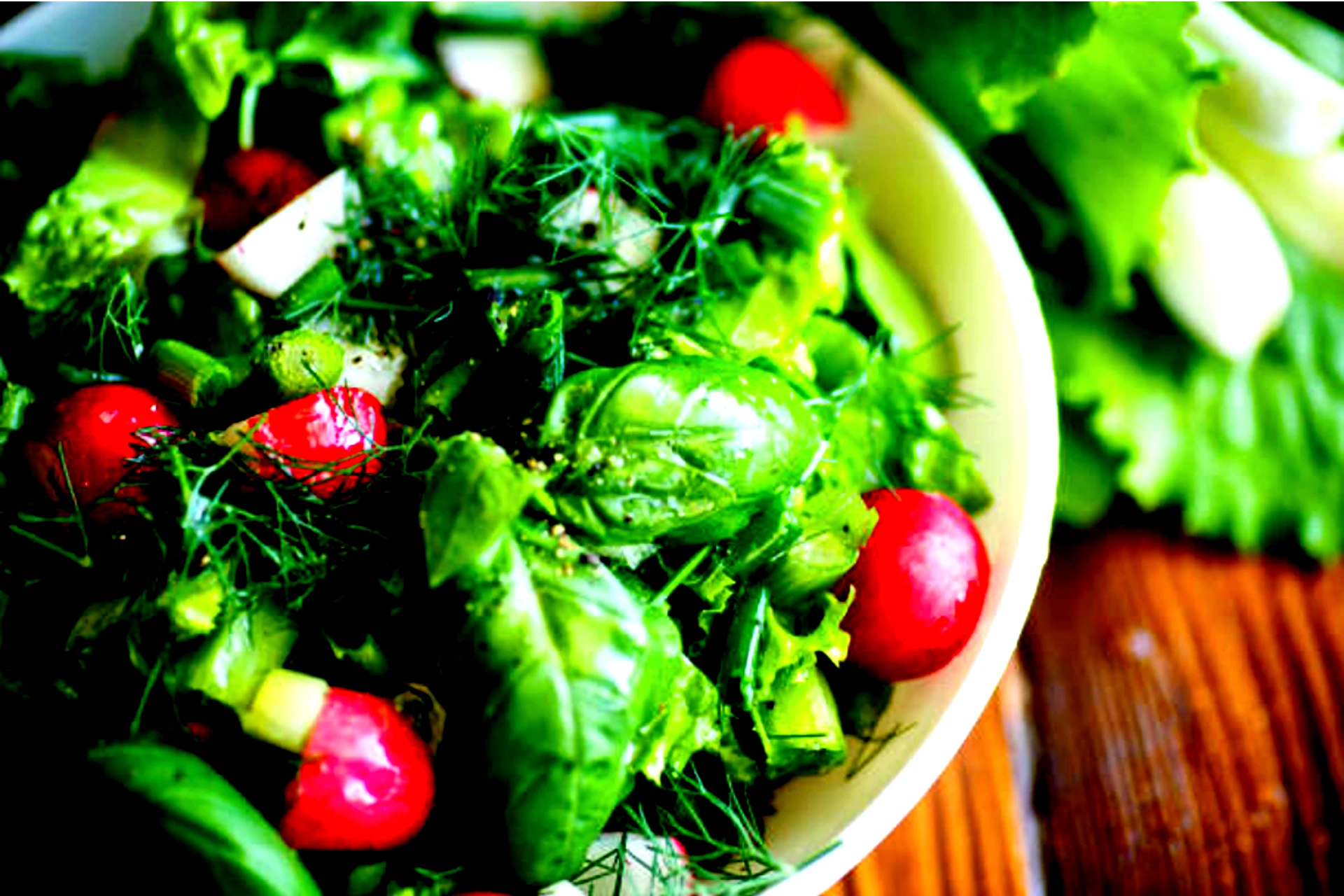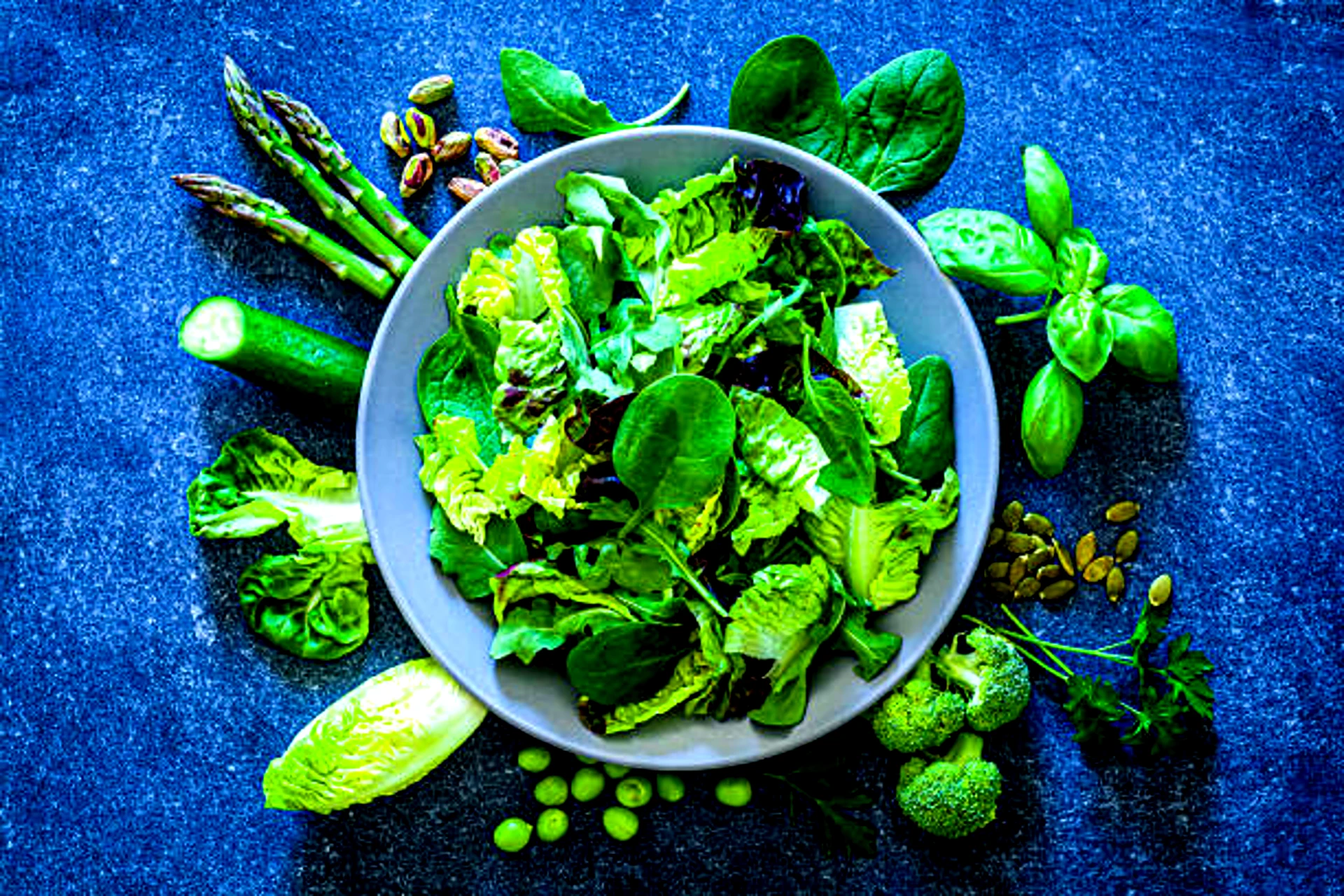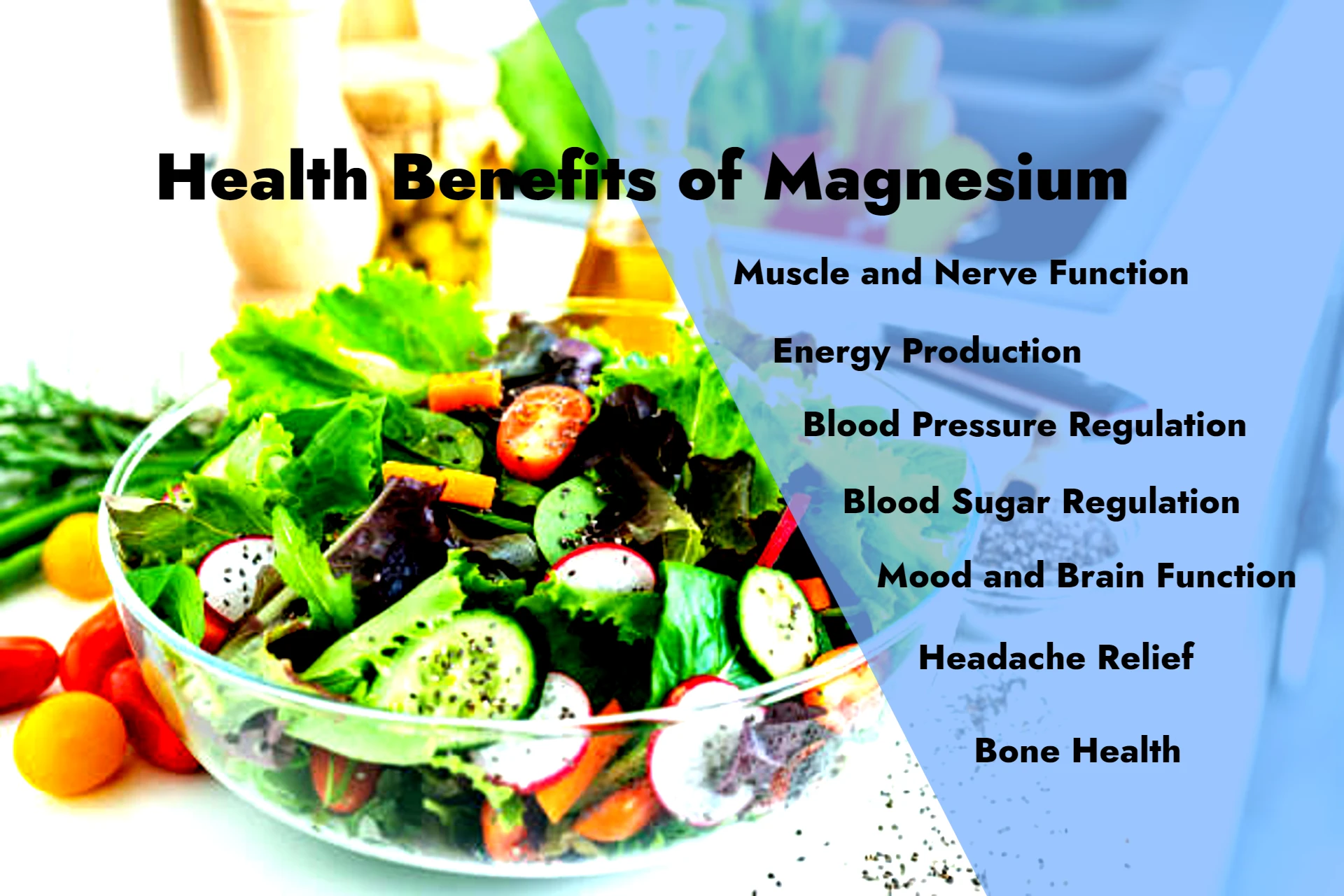Magnesium is a vital mineral that plays numerous roles in our body. This includes supporting nerve and muscle function, regulating blood pressure, and maintaining bone health. However, many people fail to consume an adequate amount of magnesium in their diet, leading to potential health issues. One effective way to ensure you’re getting enough magnesium is by adding magnesium-rich recipes to your daily meals.
Importance of Magnesium in Diet
Magnesium is involved in over 300 biochemical reactions in the body. This makes it a critical element in your overall health and well-being. From energy production to muscle and nerve function, magnesium is essential for various bodily functions. Despite its importance, studies have shown that a significant portion of the population doesn’t meet the recommended daily intake of magnesium. Could this be a lack of awareness? Many sicknesses and diseases ascribed to old age could simply be a magnesium deficiency challenge. Read more.
Common Signs of Magnesium Deficiency
Recognizing the signs of magnesium deficiency is essential for maintaining optimal health. Symptoms may include muscle cramps, fatigue, migraines, and irregular heartbeat. If left untreated, magnesium deficiency can lead to more severe complications such as osteoporosis and cardiovascular issues.
Top Food Sources of Magnesium
Leafy Greens
Leafy greens like spinach, kale, and Swiss chard are excellent sources of magnesium. Incorporating these nutritious greens into salads, smoothies, or stir-fries can help boost your magnesium intake.
Nuts and Seeds
Almonds, cashews, and pumpkin seeds are packed with magnesium. Snacking on a handful of nuts or adding them to your breakfast cereal or yogurt can provide a significant amount of magnesium.
Whole Grains
Whole grains such as brown rice, quinoa, and oats are not only rich in fiber but also contain substantial amounts of magnesium. Opting for whole grain options instead of refined grains can help increase your magnesium consumption.
Fish
Certain types of fish like salmon, mackerel, and halibut are excellent sources of magnesium. Including fish in your diet a few times a week can contribute to meeting your magnesium needs.
Benefits of Including Magnesium-Rich Foods in Your Diet
Incorporating magnesium-rich foods into your diet can have numerous benefits for your health. From improving sleep quality to reducing inflammation, magnesium plays a crucial role in promoting overall well-being. Additionally, getting enough magnesium may help lower the risk of developing chronic conditions like type 2 diabetes and heart disease.
Magnesium-Rich Recipe Ideas
Spinach and Avocado Salad
This refreshing salad combines nutrient-rich spinach with creamy avocado and crunchy almonds, providing a delicious way to increase your magnesium intake.
Quinoa and Vegetable Stir-fry
Loaded with colorful vegetables and protein-packed quinoa, this stir-fry is not only satisfying but also an excellent source of magnesium.
Salmon with Pumpkin Seeds
Grilled salmon topped with crunchy pumpkin seeds makes for a flavorful and nutritious meal that’s high in omega-3 fatty acids and magnesium.
Banana and Almond Smoothie
Blend ripe bananas with almond milk and a handful of almonds for a creamy and nutritious smoothie that’s perfect for breakfast or a post-workout snack.
Tips for Adding Magnesium-Rich Recipes Into Your Daily Routine
- Plan Your Meals: Take the time to plan your meals ahead and include magnesium-rich ingredients in your recipes.
- Experiment with Flavors: Try out different combinations of ingredients to keep your meals exciting and flavorful.
- Snack Smart: Keep magnesium-rich snacks like nuts and seeds on hand for quick and healthy snacks throughout the day.
- Stay Hydrated: Drink plenty of water throughout the day to help your body absorb magnesium more efficiently.
Conclusion
Ensuring an adequate intake of magnesium is essential for overall health and well-being. By incorporating magnesium-rich recipes into your diet, you can easily meet your daily magnesium needs while enjoying delicious and nutritious meals.
Frequently Asked Questions (FAQs)
How much magnesium do I need per day?
The recommended daily intake of magnesium varies depending on age, gender, and other factors. However, most adults need between 300-400 milligrams of magnesium per day.
Can I take magnesium supplements instead of eating magnesium-rich foods?
While magnesium supplements can be beneficial for some individuals, it’s generally recommended to get your nutrients from whole foods whenever possible to ensure optimal absorption and health benefits.
Are there any side effects of consuming too much magnesium?
Consuming excessive amounts of magnesium from supplements can cause digestive issues such as diarrhea. It’s essential to follow recommended dosages and consult with a healthcare professional if you have any concerns.
Which foods should I avoid if I have a magnesium deficiency?
Processed foods, sugary snacks, and carbonated beverages are typically low in magnesium and should be limited in a magnesium-deficient diet.
Can children benefit from magnesium-rich recipes?
Yes, children can benefit from consuming magnesium-rich foods as part of a balanced diet. However, it’s essential to adjust portion sizes and choose age-appropriate recipes.


